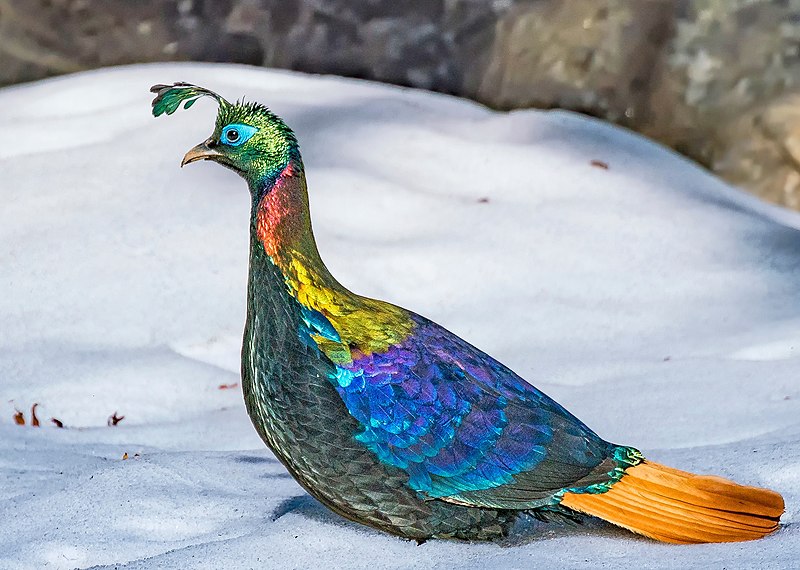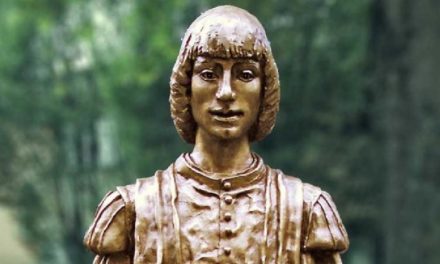Llamas, fallow deer calves and Indian geese were also born in the Kecskemét Wildlife Park, but the rare Himalayan pheasant-rooster can also be seen in the zoo.
Deputy director Irén Zomboryné Polyák said: the Kecskemét Wildlife Park has been keeping pheasant eggs for three years, and recently a colorful male companion with red, golden yellow, purple, green and blue glittering on his back was also received from the Szeged Wildlife Park. The birds have gotten used to each other and can now be seen together in their extended flight.
The Himalayan pheasant (Lophophorus impejanus), revered as the national symbol of Nepal and the Indian state of Uttarakhand, is native to Central and South Asia and can be found in the forests of higher mountains in several countries.
In the case of the bird species, it is particularly noticeable that the male and female individuals differ significantly from each other. The egg is brownish in color, the rooster is extremely colorful and has a characteristic feather bob. Their body sizes are also different, the male weighs 2-2.5 kilograms, the egg weighs 1.8-2 kilograms.
The ornamental pheasant, which lives in the shrubby and forested areas of the Himalayan mountains, mostly feeds on insects, fresh shoots of plants, seeds, and berries. The beak and claws are strong. It mainly lives in small groups, in pairs, but there are also solitary specimens.
Compared to pheasants, it emits a variety of sounds and adopts different postures and movements, for example when occupying territory, choosing a mate or in a danger situation.
Due to the decline in the number of Himalayan light pheasants, the species is included in the Red List of the World Conservation Union (IUCN). In Hungary, it can only be seen in the Szeged Wildlife Park, the Debrecen Zoo, and now in the Kecskemét Wildlife Park.
A few weeks ago, a llama foal (Lama glama) was born in the zoo in Kecskemét. An animal native to South America belonging to the camelid family, it was given the name Panda by its caretakers because of the black spots framing its eyes after birth. Although the little ungulate cannot be fed with zoo treats yet, it can already be seen in the company of the other llamas in their enclosure.
The rescue center of the Kecskemét Wildlife Park also took in three rescued fawns, who are developing nicely. Recently, a fallow deer (Dama dama) calf was born, but the family of Indian geese (Anser indicus) with white heads and two characteristic black stripes on the back of their necks also increased.
Tamás Tokovics, the manager of the Kecskemét Wildlife Park, emphasized: the zoo is now an important institution in the region. The most visited public collection in Bács-Kiskun County welcomed 115,000 visitors last year.
Their professional development is unbroken, one of the indicators of this is that they saved more than 700 animals last year.
MTI












